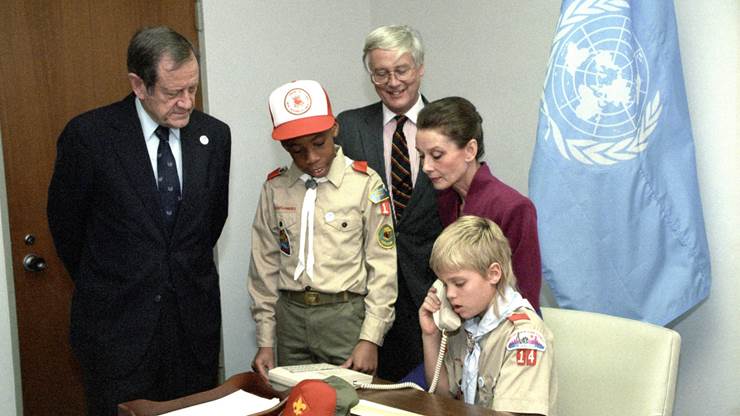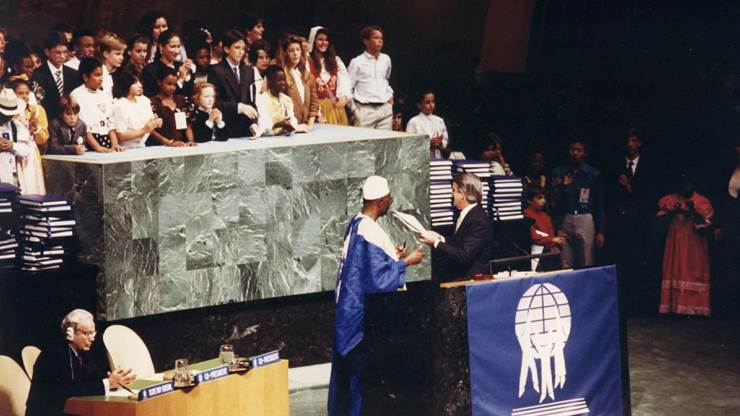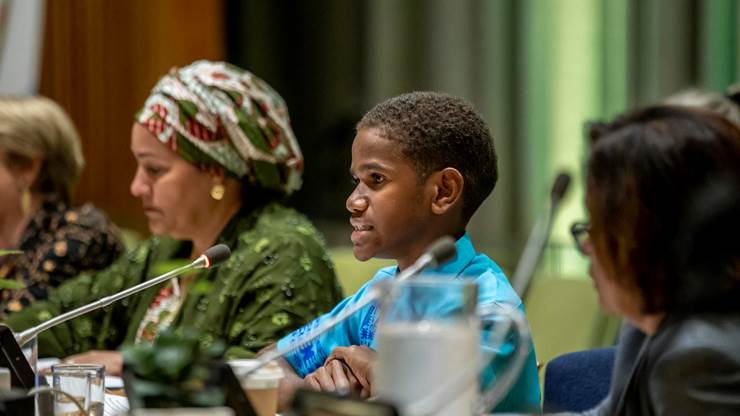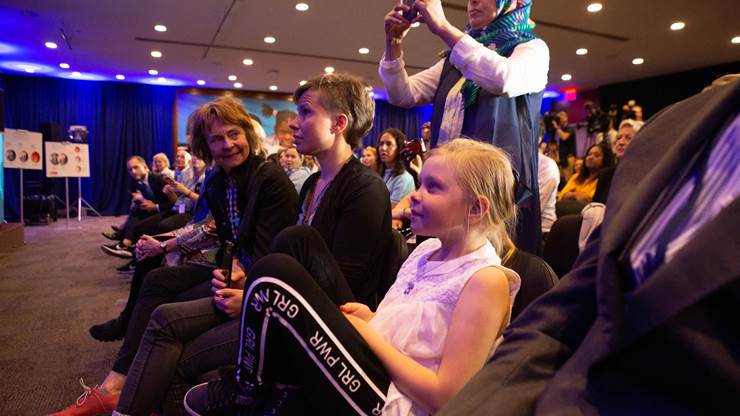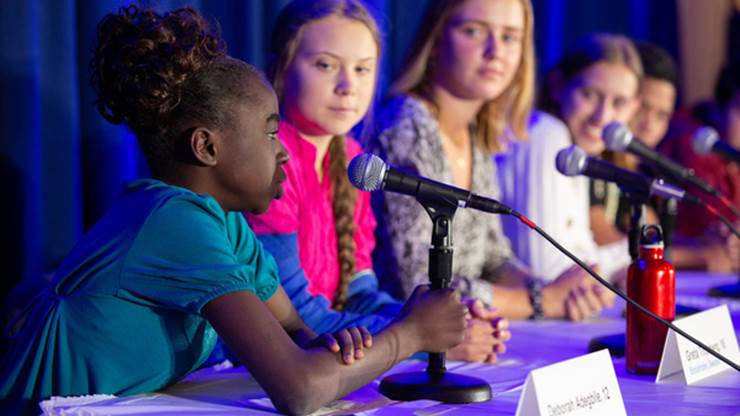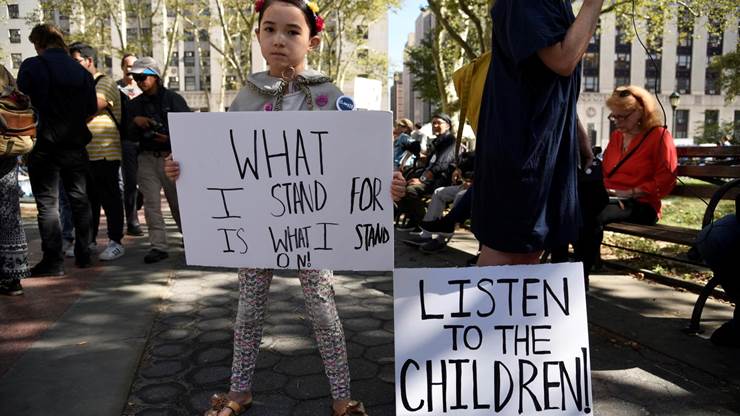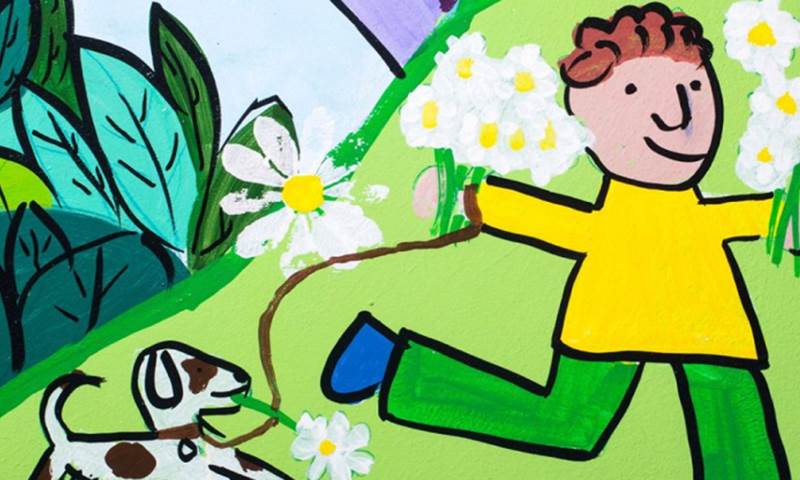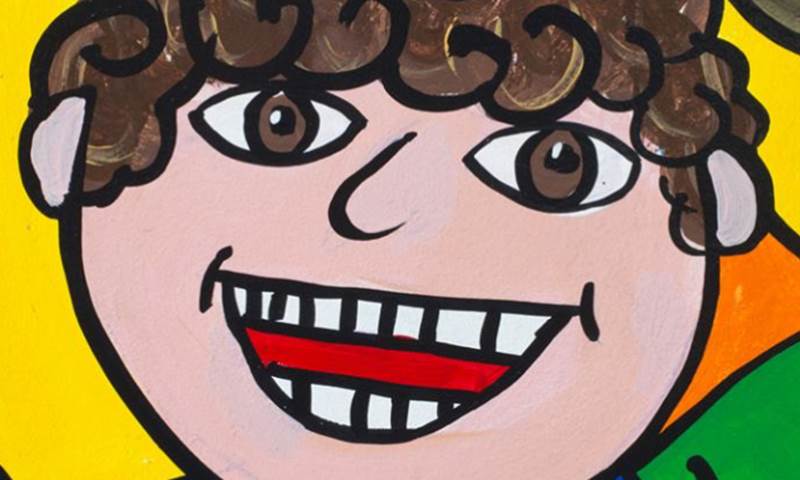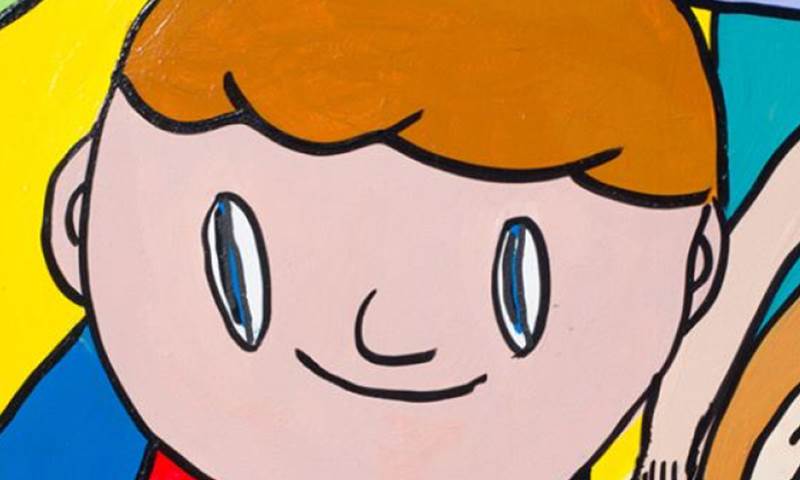Our website uses Cookies - by using this site or closing this message you're agreeing to our Terms & Conditions, Cookie Policy and Privacy Policy
xAbout the Convention
The UN Convention on the Rights of the Child (UNCRC) applies to everyone under the age of 18. Its aim is ensure that children grow up in a spirit of peace, dignity, tolerance, freedom, equality and solidarity.
The UNCRC was drafted in 1989 and is the most widely ratified human rights treaty in history. 196 countries have ratified it, including the United Kingdom on 16th December 1991. The USA is the only country that has not ratified the Convention.
The fact that a country has ratified the UNCRC does not guarantee that the rights in it will be respected, protected and fulfilled. This will only happen when steps are taken to implement the Convention into domestic law, policy and practice.

